The depiction of the north-east as a “region of petrol-heads” who all want oil and gas to continue forever does not reflect the diversity of views in the region, according to an offshore industry worker turned green activist.
Guy Ingerson challenged the view on The Stooshie – DC Thomson’s politics podcast – after a new energy strategy was published by the SNP-Green government.
It calls for a “presumption against” new North Sea oil and gas exploration and has been criticised by industry figures, including energy tycoon Sir Ian Wood.
It was followed by new polling on Friday which revealed more than three quarters of people in Scotland think the UK should aim to meet its demand for oil and gas from domestic production.
Mr Ingerson spent a decade working in the oil and gas sector before choosing to leave it all behind and go into further education.
Younger people leaving region
The 36-year-old public relations graduate says many of his former classmates want to leave the city to work in more sustainable jobs.
Mr Ingerson claims they feared working in an insecure sector, as well as the damaging impact fossil fuels have on the environment.
Energy Voice revealed last year that interest in oil and gas courses at Aberdeen University had decreased by more than a third.
Figures instead show a steady increase in the number of students wanting to work take up courses revolving around renewable energy.
“More and more people are seeing – not just the damage it does to the environment – but potentially the damage it can do to their career prospects”, Mr Ingerson told the podcast.
“Industry really needs to take on board what people are saying but they also need to look at how people are voting on their feet and actually leaving the region.”
Mr Ingerson continued: “The north-east is often depicted as a region of petrol-heads, everyone is in oil and gas, everyone wants oil and gas to continue forever and we’re this homogenous group of people who want the same thing.
“That’s not true of our region and it’s not true of any region.”
Move away from oil and gas
Holyrood’s opposition to North Sea exploration is largely ceremonial, given powers over UK energy policy still reside in Westminster.
But the strategy sets a clear signal that the Scottish Government is committed to reducing dependence on oil and gas as fast as it can.
LISTEN: The Stooshie podcast – Life after oil and gas?
It puts Holyrood at odds with the approach taken by UK Government. Prime Minister Rishi Sunak claims the SNP “don’t want to support” the energy industry.
Mr Ingerson, who works for north-east Green MSP Maggie Chapman, described the revised strategy as the “beginning of a process”.
He says the Scottish Government must now focus on how oil and gas workers find alternative jobs in other sectors or by moving into green jobs.
Many of Mr Ingerson’s friends and family continue to work in the industry and he says he understands their fears and anxieties.
“I had those same fears and anxieties. I was working in an oil and gas job and I had to made the slightly difficult decision to go back to being a student”, he says.
“Doing that in your thirties is very daunting so I can imagine how daunting that would be for someone in their forties or fifties who maybe has known no other sector than oil and gas.
“I’m living proof that it’s possible to do that and to get a job that you love and enjoy at the end of that process.”
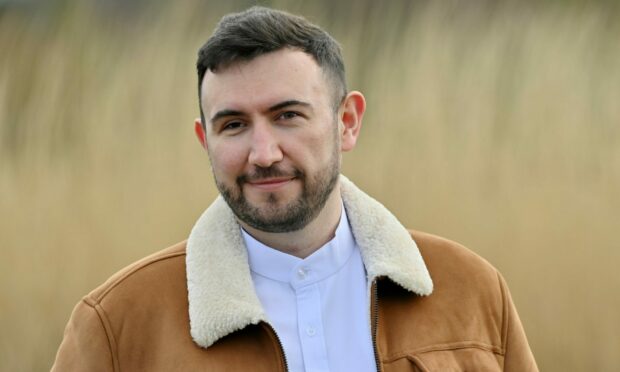
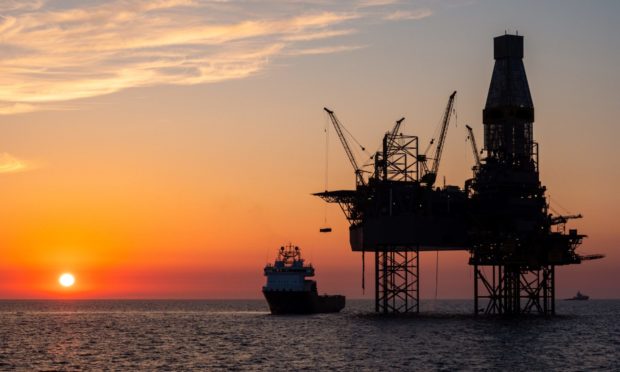

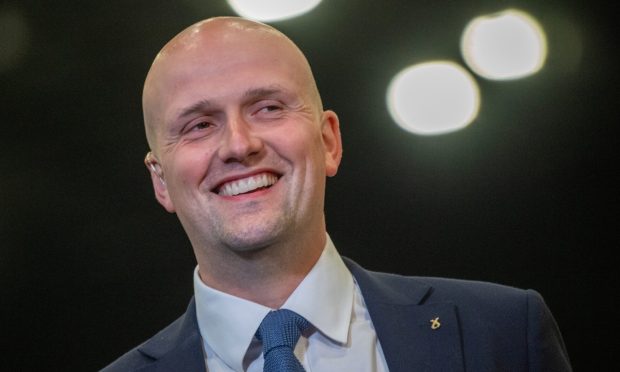
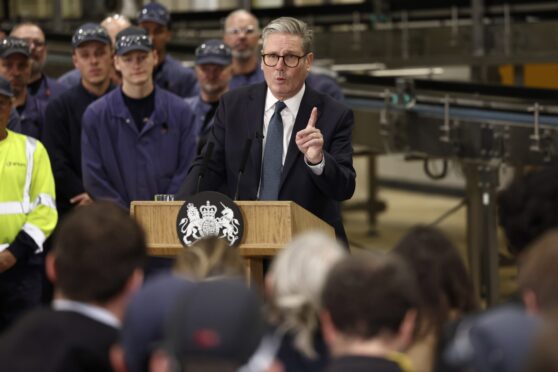
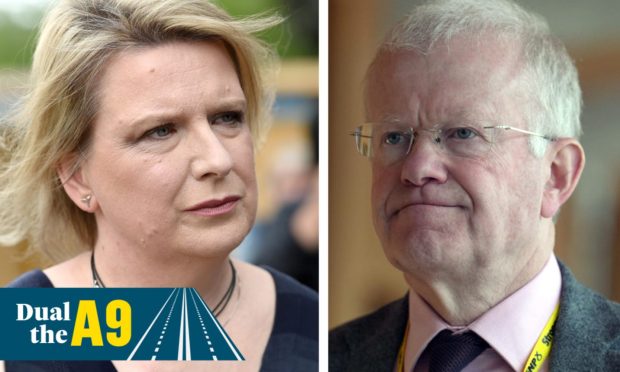
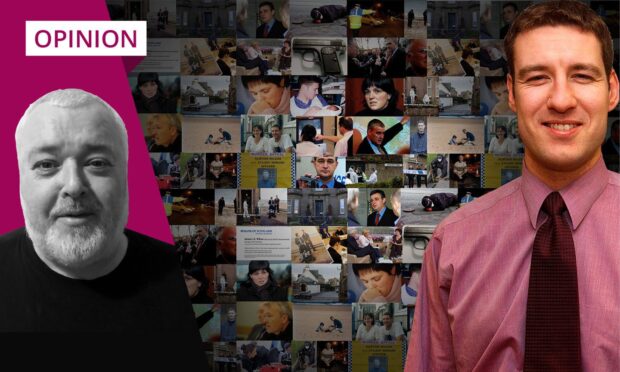
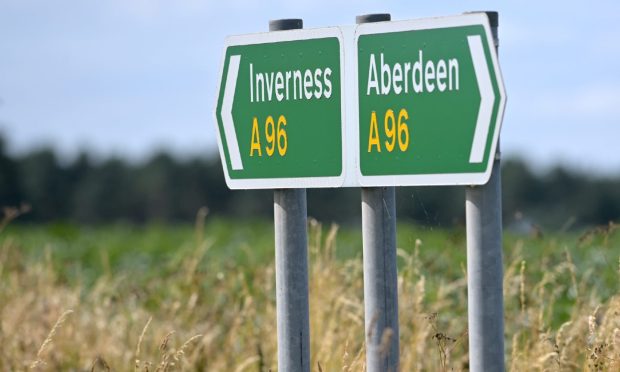
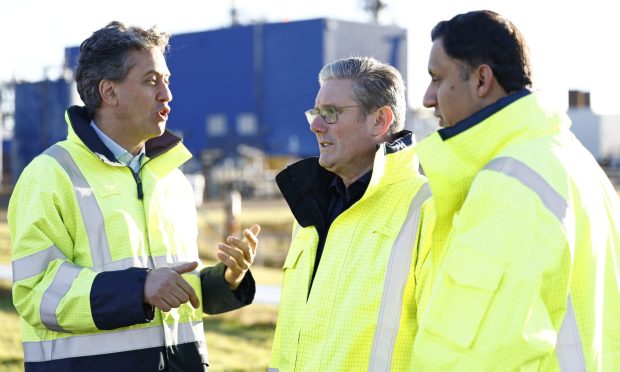
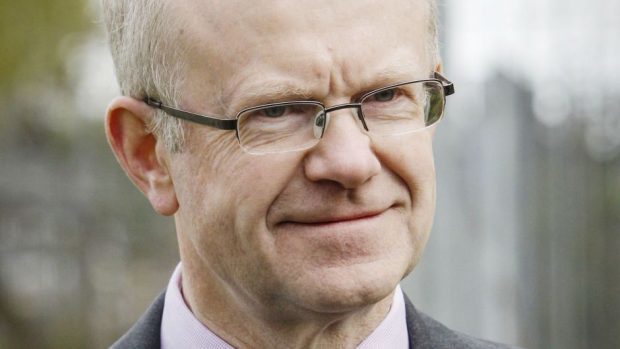
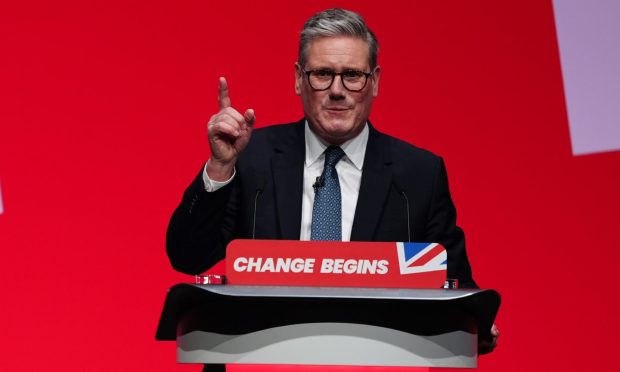
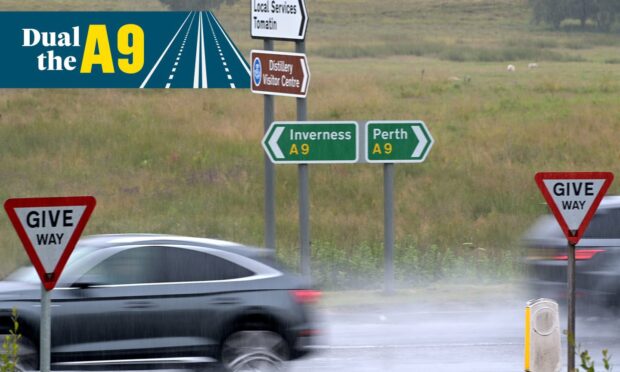
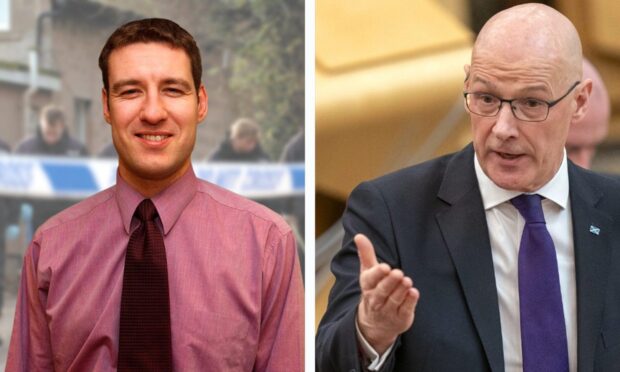
Conversation